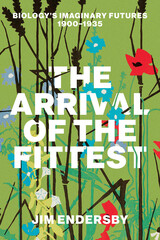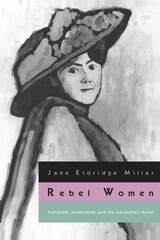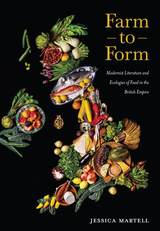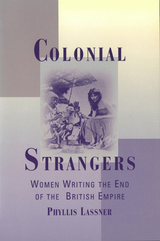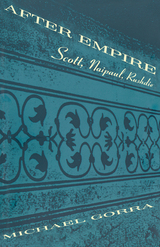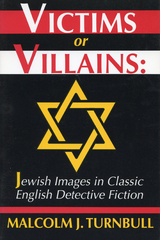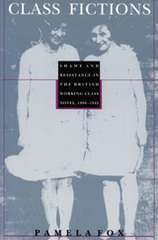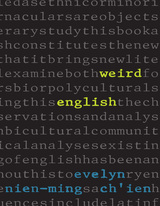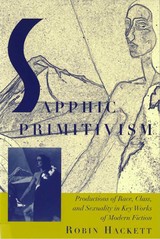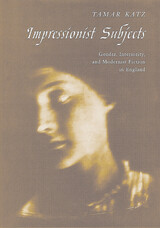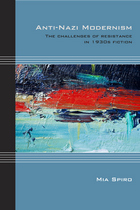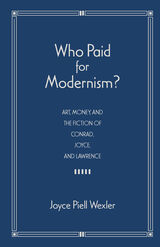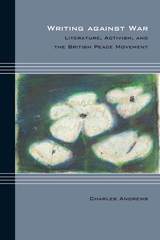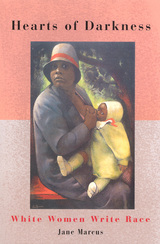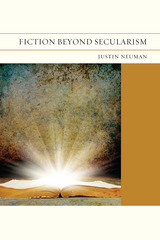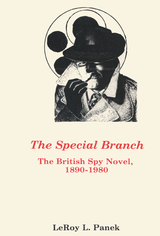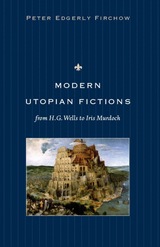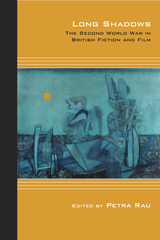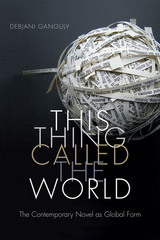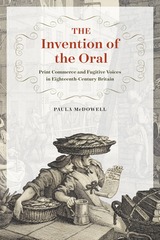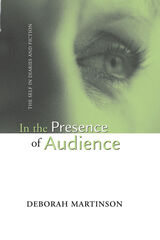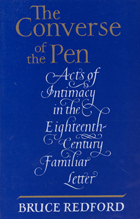Paper: 978-0-8101-2863-7 | eISBN: 978-0-8101-6637-0
Library of Congress Classification PR888.M63S65 2013
Dewey Decimal Classification 823.912093584309
Mia Spiro's Anti-Nazi Modernism marks a major step forward in the critical debates over the relationship between modernist art and politics. Spiro analyzes the antifascist, and particularly anti-Nazi, narrative methods used by key British and American fiction writers in the 1930s. Focusing on works by Djuna Barnes, Christopher Isherwood, and Virginia Woolf, Spiro illustrates how these writers use an "anti-Nazi aesthetic" to target and expose Nazism’s murderous discourse of exclusion. The three writers challenge the illusion of harmony and unity promoted by the Nazi spectacle in parades, film, rallies, and propaganda. Spiro illustrates how their writings, seldom read in this way, resonate with the psychological and social theories of the period and warn against Nazism’s suppression of individuality. Her approach also demonstrates how historical and cultural contexts complicate the works, often reinforcing the oppressive discourses they aim to attack. This book explores the textual ambivalences toward the "Others" in society—most prominently the Modern Woman, the homosexual, and the Jew. By doing so, Spiro uncovers important clues to the sexual and racial politics that were widespread in Europe and the United States in the years leading up to World War II.
See other books on: 1882-1941 | Challenges | English fiction | Modernism (Literature) | Resistance
See other titles from Northwestern University Press

